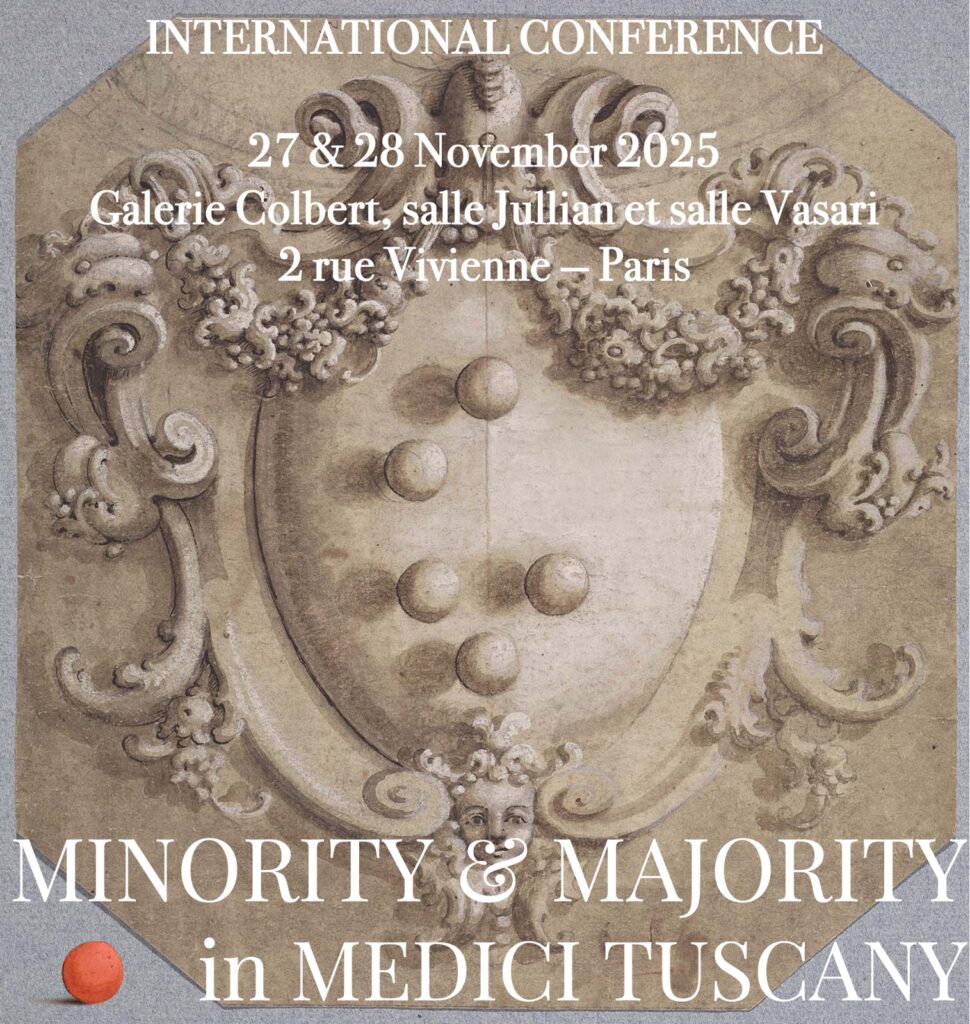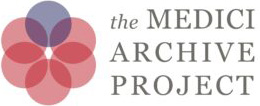
HiCSA—University of Paris 1 Panthéon-Sorbonne & The Medici Archive Project
27 & 28 November 2025
Galerie Colbert, salle Jullian et salle Vasari 2 rue Vivienne PARIS
Organizers: Sefy Hendler and Alessio Assonitis
Keynote speakers: Kate Lowe and Tamar Herzig
This international conference seeks to explore the multifaceted relationships between majority and minority groups in Medici Florence, focusing on how political, social, and cultural dynamics were reflected and negotiated through the visual arts. Under the Medici Dukes—beginning with Alessandro de’ Medici and later Cosimo I—Florence underwent profound changes that reshaped its political, social, and artistic landscapes. These transformations had far-reaching implications for marginalized communities and their representation in the arts.
The establishment of the Florentine Duchy led to major political shifts, including the forced exile of Republican supporters, who were branded opponents of the Medici regime. Although Cosimo I later allowed for the reintegration of some fuoriusciti (exiles), the divide between Medici loyalists and dissenters persisted. This political polarization influenced societal structures, and might have also had an impact on the perception and treatment of minorities, such as slaves, vagrants, gypsies, Muslims, and Jews. These groups were often confined to segregated spaces and labeled as “deviant” from dominant social, religious, and moral norms.
A central focus of the conference will be the role of visual arts in constructing, challenging, or perpetuating these dynamics. How were marginalized groups represented in art, and what roles did they play in the visual culture of Renaissance Florence? Additionally, the conference will consider the artistic preferences and tastes of minority communities themselves. Did the artistic expressions or commissions of these groups diverge from dominant Medici aesthetics, or did they assimilate and adapt to the cultural norms imposed by the majority? By examining objects, paintings, and spaces associated with minority patrons, the conference will explore how artistic agency intersected with social and cultural marginality.
By focusing on both societal structures and visual culture, this event aims to offer new research trajectories on how minority and majority identities were negotiated, contested, and represented in art during this pivotal period in European history.
